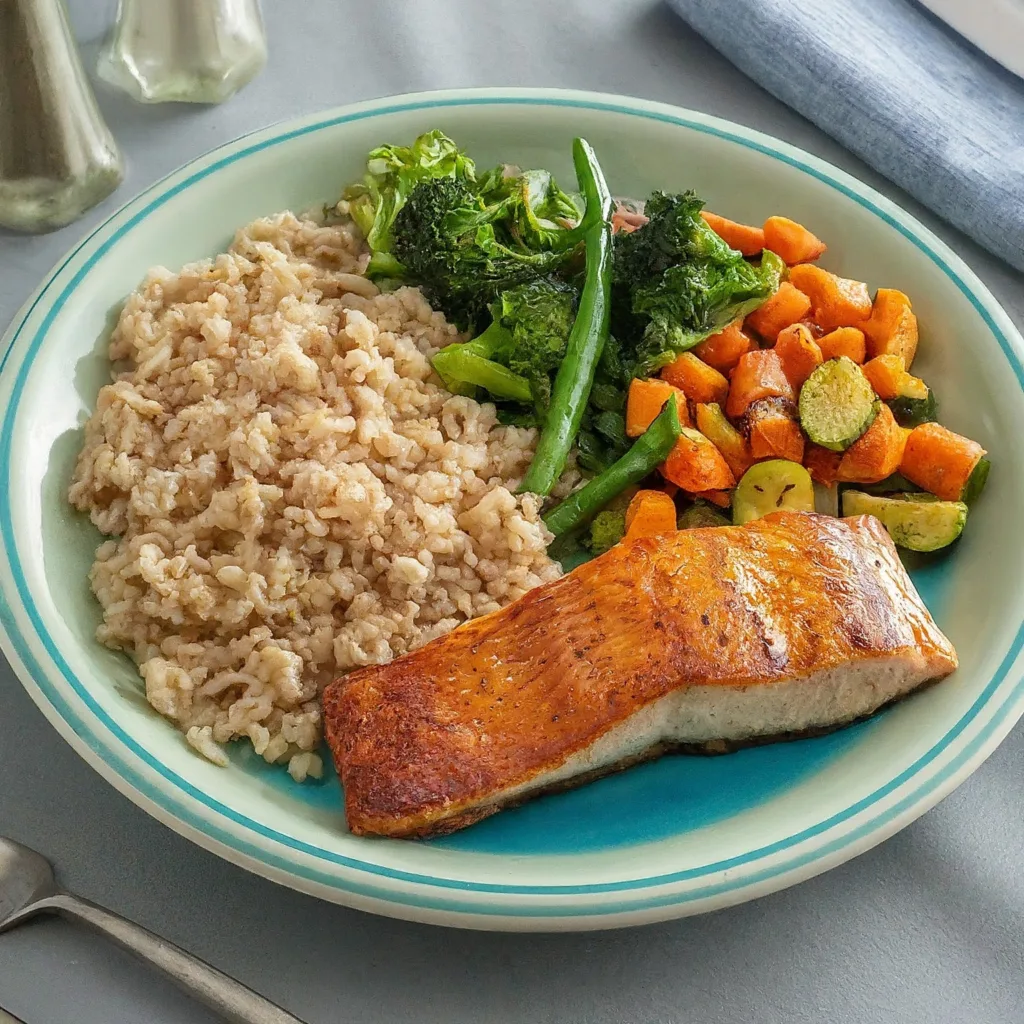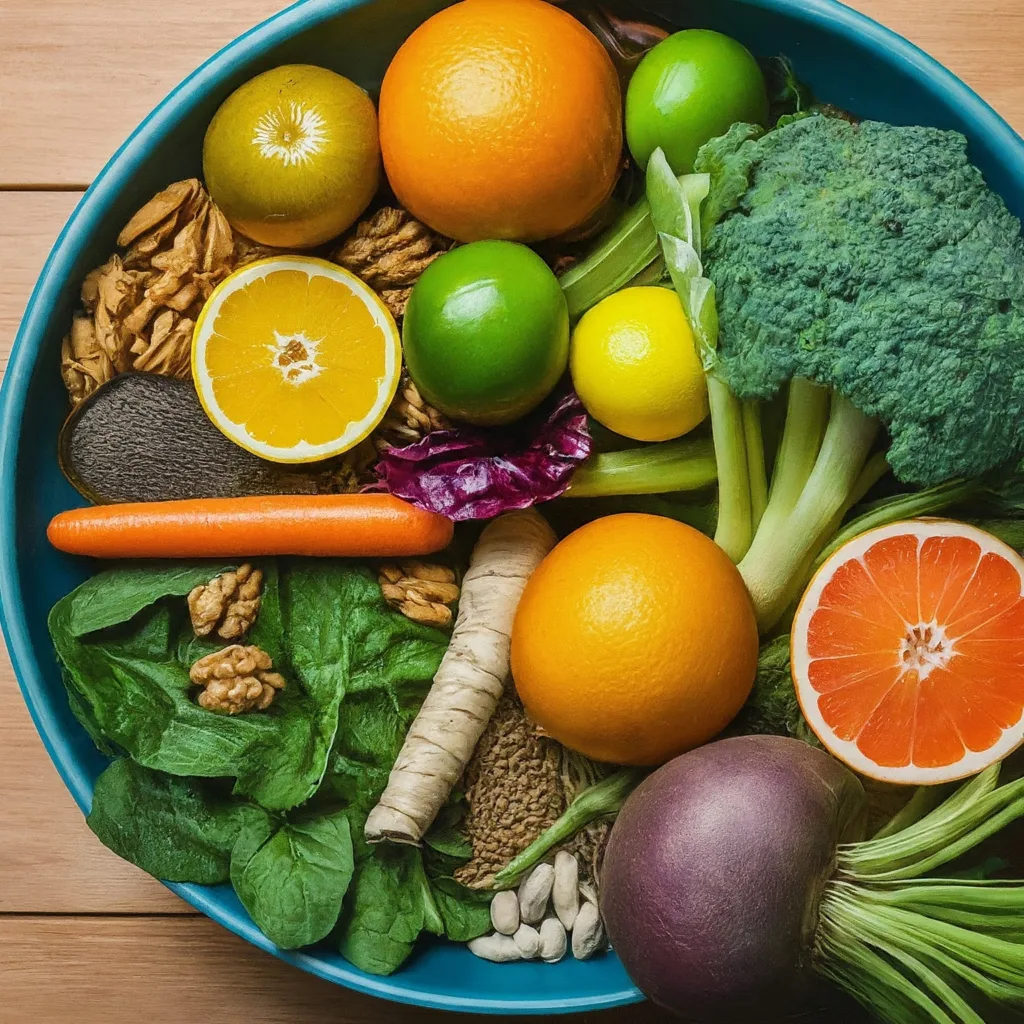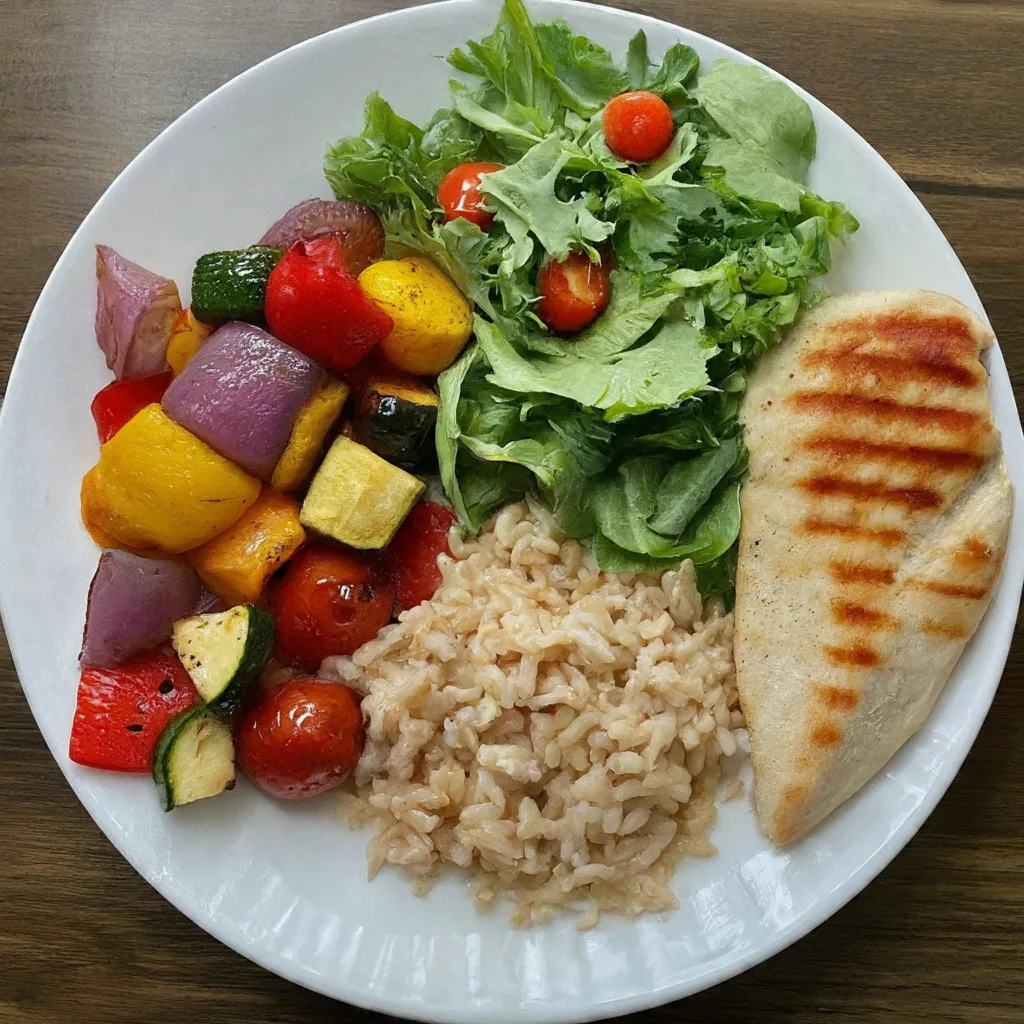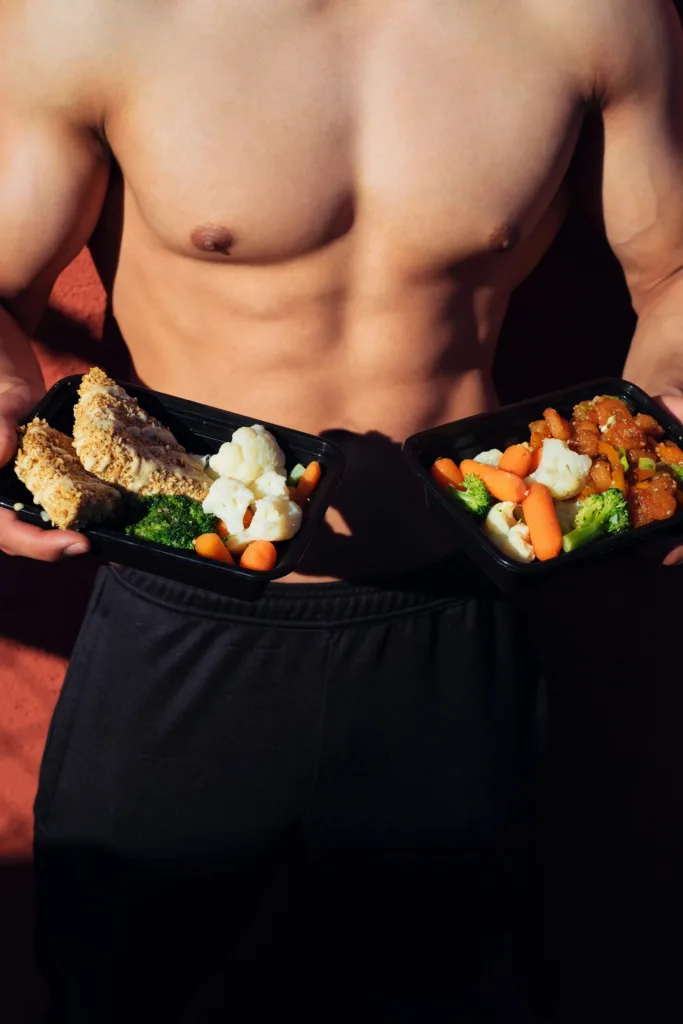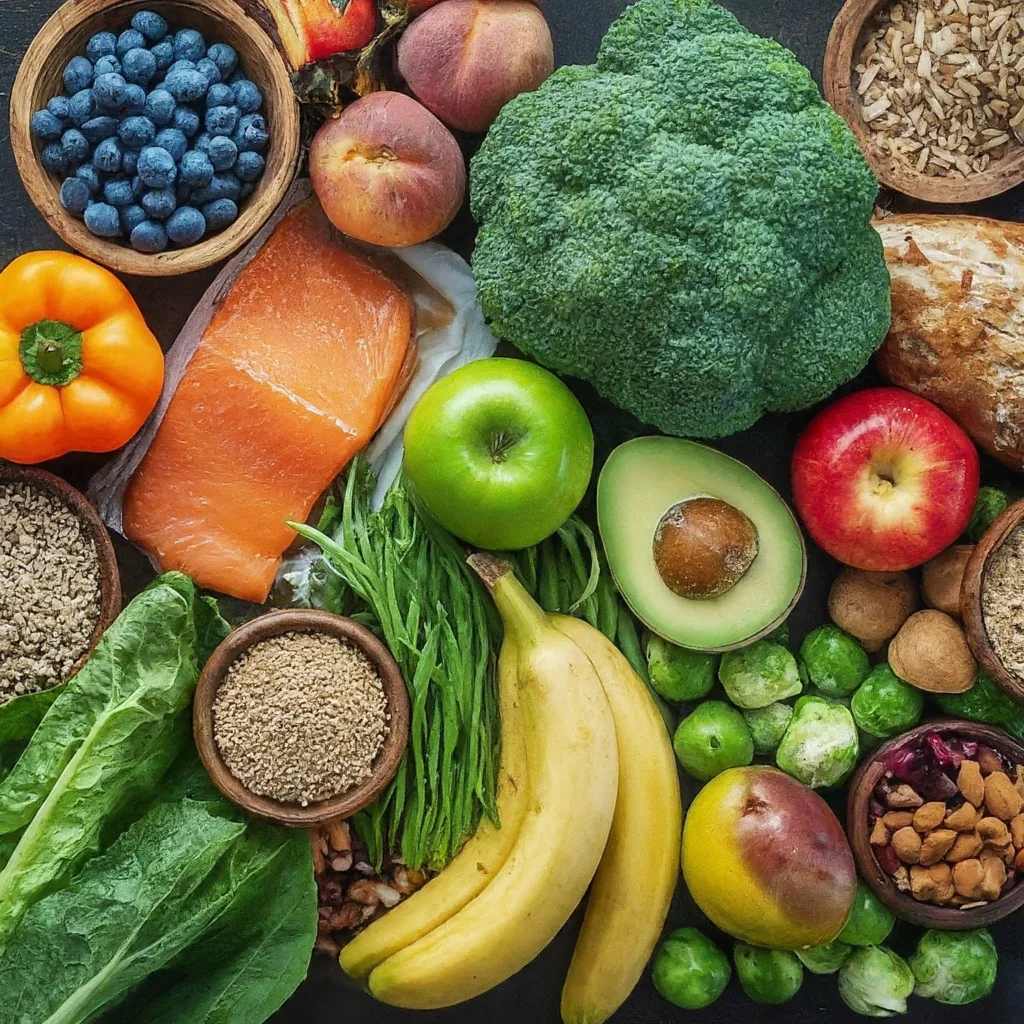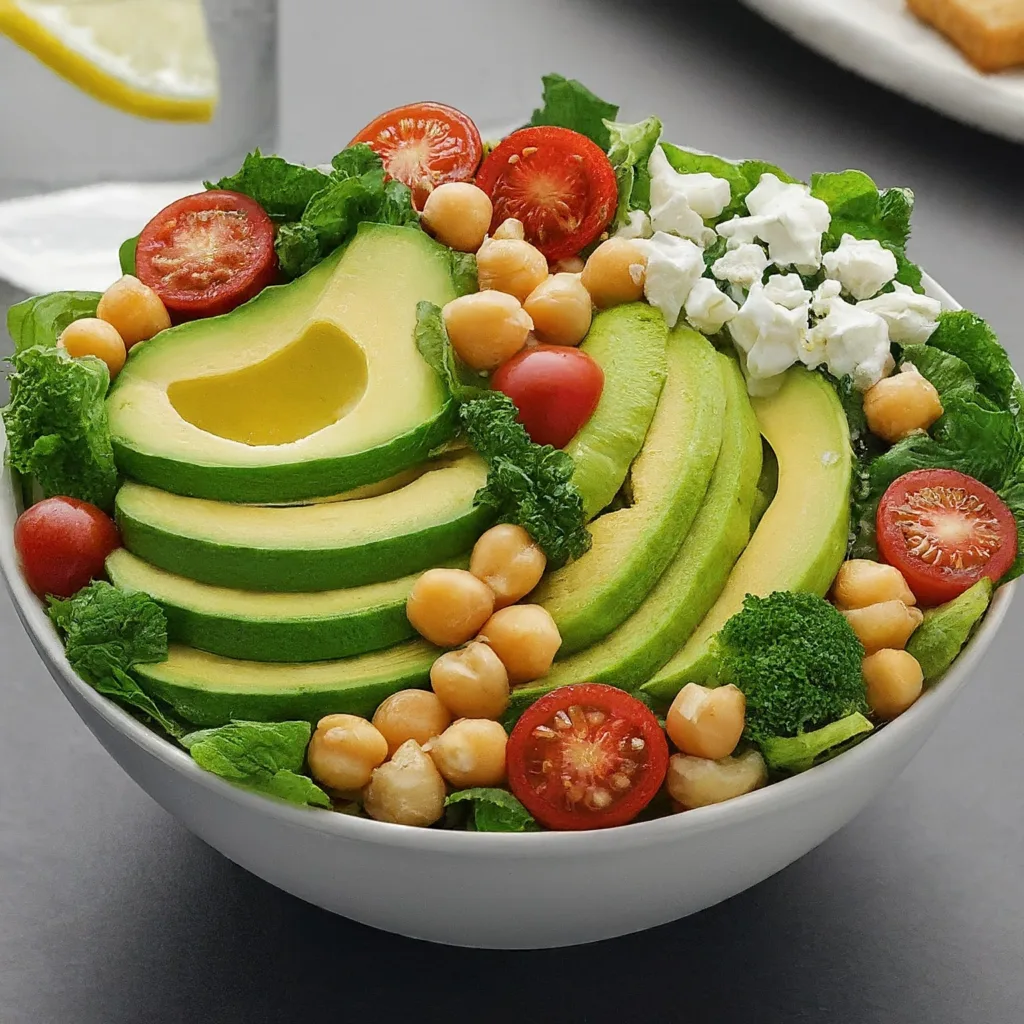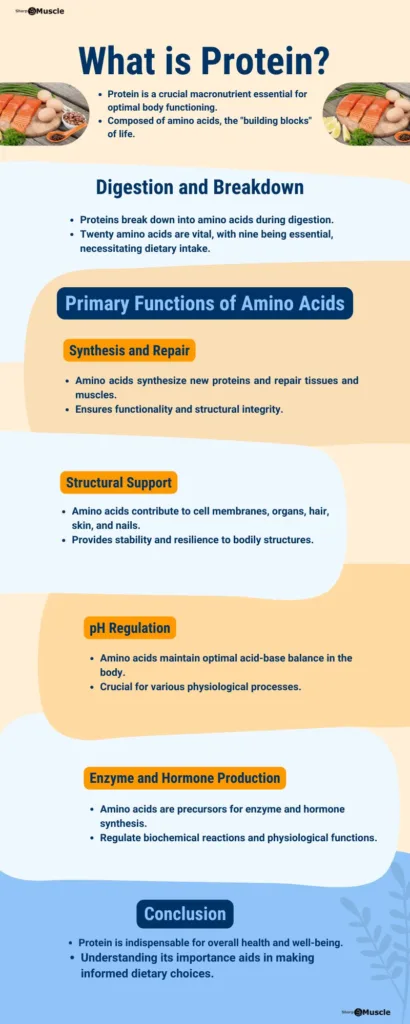Cutting or fat loss requires a bit more dietary precision and adherence than bulking and maintenance because if you overeat a bit on a bulking or maintenance diet, you still gain muscle and weight. 1 2
Eating too much on one cut, though, and you can quickly get stuck in a rut.
You want to lose between 0.23 kg and 0.45 kg per week while cutting. And if that sounds low to you, remember that losing weight too quickly is undesirable, as it means you’re losing a fair amount of muscle as well as fat.
If you have a lot of fat to lose, you may find that you lose 0.91 kg to 1.36 kg per week for the first few weeks, and that’s okay. As time goes on, though, you should see it slow down to a rate of loss of 0.23 kg to 0.45 kg per week.
Calculating Cutting Diet
When you cut, you’ll first calculate a starting point and adjust as needed.
Here you start:
- Protein, carbs, and fat per pound of body weight per day:
- Protein = 1.2 grams per pounds of bodyweight
- Carbs = 1 gram per pound of bodyweight
- Fat = 0.2 gram per pound of bodyweight
- Example, for 200 pounds male:
- Protein = 240 grams per day
- Carbs = 200 grams per day
- Fat = 40 grams per day
- This would be approximately 2,120 calories per day, which is a good starting point for a 200 pounds person looking to lose weight.
- For more than 25% body fat, the formula is slightly different:
- Protein = 0.8 grams per pound of bodyweight per day
- Carbs = 0.6 grams per pound of body weight per day
- Fat = 0.3 grams per pound of bodyweight per day
- Example, for 250 pounds guy:
- Protein = 200 grams per day
- Carbs = 150 grams per day
- Fat = 80 grams per day
- This would be approximately 2,120 calories per day, which is a good starting point for a 250 pounds guy with a body fat percentage more than 25% looking to lose weight. Remember that the more body fat you have to lose, the bigger the reduction you can safely keep to yourself.
- For more than 30% body fat—extremely obese—then workout on the BMR, do the following:
- Multiply it by 1.2 = daily calorie intake
- Protein = 40% of daily calorie intake
- Carbs = 30% of daily calorie intake
- Fat = 30% of daily calorie intake
- Here’s How You Figure It Out:
- Protein = (Total daily calorie intake × 0.4)/4 grams per day
- Carbs = (Total daily calorie intake × 0.3)/4 grams per day
- Fat = (Total daily calorie intake × 0.3)/9 grams per day
- Example, for 2200 total daily calorie intake:
- Protein = (2200 × 0.4)/4 grams per day = 200 grams per day
- Carbs = (2200 × 0.3)/4 grams per day = 165 grams per day
- Fat = (2200 × 0.3)/9 grams per day = 73 grams per day
General fat loss or cutting recommendations
While overeating is a more common mistake, some people have a tendency to eat less. If taken too far, this can be worse than overeating, as it can cause significant muscle loss.
During the first week or two after cutting, you can expect to occasionally feel a little hungry and run into some cravings. It doesn’t mean you’re losing muscle or anything else is wrong. It just comes with the territory, but it passes after a few weeks. A reasonable deduction is not supposed to be a grueling test of your will.
Stick to lean sources of protein, and you won’t have trouble putting together a meal plan that works. If your protein sources contain a lot of fat, you’ll have a hard time keeping the calories in with the proper macronutrient ratios.
After 7 to 10 days of sticking with a cutting diet, you should assess how it’s going. However, weight loss is not the only criterion when deciding whether your diet is right or wrong.
You should judge progress based on the following criteria:
- Weight (did it go down, go up, or stay the same?)
- Clothing (do they feel loose, tight, or similar?)
- Mirror (Do you look thin, fat, or similar?)
- Energy level (do you feel energized, tired or somewhere in between?)
- Strength (is it going up, going down, or staying about the same?)
- Sleep (are you tired by the end of the night, are you having trouble resting, or has nothing changed?)
1. Weight
Generally speaking, if you are gaining weight while cutting, you are either eating too much or moving too little.
However, the exception is when someone is new to weightlifting because not only does he build muscle while losing fat, which leads to weight gain, but his muscles also suck up a lot of glycogen and water, which can easily be lost in the first few weeks. The pounds can add up in the first month.
Keeping in mind that you lose about 1 pound (0.45 kg) of fat per week, you can see how fat loss can be fuzzy on the scale.
So, if you’re new to weightlifting and starting out with cut, I suggest tracking your weight as well as your waist measurement for the first 4 to 6 weeks. If your waistline is shrinking, you’re losing fat, regardless of what the scale shows.
Over time, your muscle glycogen and water levels will stabilize. While you can continue to build muscle while losing fat, you will eventually lose more fat (in pounds) each week than you gain in muscle, resulting in net weight loss over time.
If you’re a more experienced lifter, however, and your weight stays the same after several weeks of cutting, you’re probably eating too much or moving too little.
2. Clothing
Shrinking waist measurement (at the navel) is a reliable sign that you’re losing fat, so if your jeans are getting looser, that’s a reliable indicator of fat loss.
3. Mirror
Although it may be hard to observe changes in our bodies when we see them every day, you should definitely notice a visible difference after several weeks of cutting. You should look leaner and less bloated.
If you don’t, chances are the weight has either not changed or has increased, and your jeans aren’t feeling looser. This is a clear sign that something is off, and it’s time to re-evaluate your food intake or exercise program.
4. Energy level
You should never feel hungry and running on empty while cutting. Depending on how you ate before you started cutting, you may feel a little hungry for the first week or two, but after that, you should feel rested throughout the day.
We all have high-energy days and low-energy days, but if you’re downing more than usual, chances are you’re not eating enough or relying on too many high-glycemic carbohydrates.
5. Strength
If you’re new to weight training and start with cutting, you can expect to make strength gains.
If you’re an experienced lifter, though, it’s normal to lose a few reps across the board when cutting, but you shouldn’t be squatting less than 30 pounds (13.61 kg) by the end of the first week. If strength drops significantly, chances are you are eating less and need to increase food intake.
6. Sleep
If you’re tired at bedtime, it’s not necessarily a bad sign. This is normal when people start training correctly.
What is important, however, is that you get long and sound sleep. If the heart is pounding at night, and you are anxious, tossing, and turning in bed, and if you wake up more often during the night, you may be overtraining or under eating.
Hidden calories
One huge, killer diet trap that many people fall into is eating “hidden calories” throughout the day. Then they wonder why they are not losing weight.
Hidden calories are those you don’t realize and eat, such as the following:
- 2 tbsp olive oil used for cooking dinner (240 calories)
- Homemade Chicken Salad with 2 tbsp mayonnaise (200 calories)
- 3 cubes of feta cheese on salad (140 calories)
- 3 tbsp cream in coffee (80 calories)
- Toast with 2 pats of butter (70 calories)
These “little” additions add up every day and are by far the number one reason why people fail to get results from a proper diet regimen. There isn’t much margin for error when you’re trying to maintain a moderate calorie deficit each day.
For example, let’s say you want to maintain a 500-calorie deficit every day to lose about one pound of fat per week, but you accidentally eat 400 calories in excess, leaving you with a 100 calories deficit. It will now take a month or more to shed that pound of fat. It’s that simple.
It may sound crazy to be mindful of how many tablespoons of ketchup you have in a day, but if you closely watch your calories while cutting, you’re guaranteed to get results.
The best way to avoid hidden calories is to prepare the food yourself, so you know exactly what went into it. For most people, this simply means preparing lunches to bring to the office, as they usually eat breakfast and dinner at home.
Adjusting calorie intake
If your weight has remained the same for 7-10 days, and you haven’t got lean, and you’re 100% stuck on your numbers, you just need to move more or reduce your caloric intake.
My first choice is always to “move more”, but there’s only so much exercise you can do. I recommend doing no more than five 60-minute weightlifting and four 30-minute cardio sessions per week. That’s quite a lot, and when you’re in a calorie deficit, it will put a lot of stress on the body.
If you’re already exercising that much, and you’re not getting lean, you need to reduce the daily caloric intake. You do this by removing 25 grams of carbs from your daily number (cutting the daily intake by 100 calories) and then re-evaluating this new intake for another 7-10 days.
It’s worth noting that you don’t want to lower your intake below your BMR, as this can cause too much metabolic slowdown. In case you can’t remember, here’s how you calculate the BMR:
- BMR = 370 + (21.6 × LBM)
- Where, LBM = Lean body mass in kg
This answers the question of how long you can cut back: You can cut back until your intake reaches BMR, but don’t reduce your intake below that.
If you’ve been exercising the recommended maximum amount, you’ve gradually reduced your intake to BMR, and the weight loss has stopped, but you want to lose fat, you’ll need to speed up your metabolism first. You do this by gradually increasing your food intake up to your TDEE (total daily energy expenditure), at which point you can return to a normal deficit and continue to lose fat.
This is known as “reverse dieting“. Reverse dieting is more relevant for experienced and well-developed lifters who reach a range of 6-8% body fat while building muscle and maintaining strength and lean mass than beginners to reach the 10% range want, but you should know about it nonetheless.
Last but not least, let’s talk about how to eat on days when you’re not lifting weights or exercising. In terms of cutting, it’s easy:
Keep your numbers the same. You don’t need to adjust up or down.3
- Hall KD, Kahan S. “Maintenance of Lost Weight and Long-Term Management of Obesity.” Med Clin North Am. 2018 Jan;102(1):183-197. doi: 10.1016/j.mcna.2017.08.012. PMID: 29156185; PMCID: PMC5764193.[↩]
- Champagne CM, Broyles ST, Moran LD, Cash KC, Levy EJ, Lin PH, Batch BC, Lien LF, Funk KL, Dalcin A, Loria C, Myers VH.” Dietary intakes associated with successful weight loss and maintenance during the Weight Loss Maintenance trial.” J Am Diet Assoc. 2011 Dec;111(12):1826-35. doi: 10.1016/j.jada.2011.09.014. PMID: 22117658; PMCID: PMC3225890.[↩]
- Source: Bigger Leaner Stronger: The Simple Science of Building the Ultimate Male Body. By Michael Matthews. Available here: https://amzn.to/3S7dyYD[↩]




